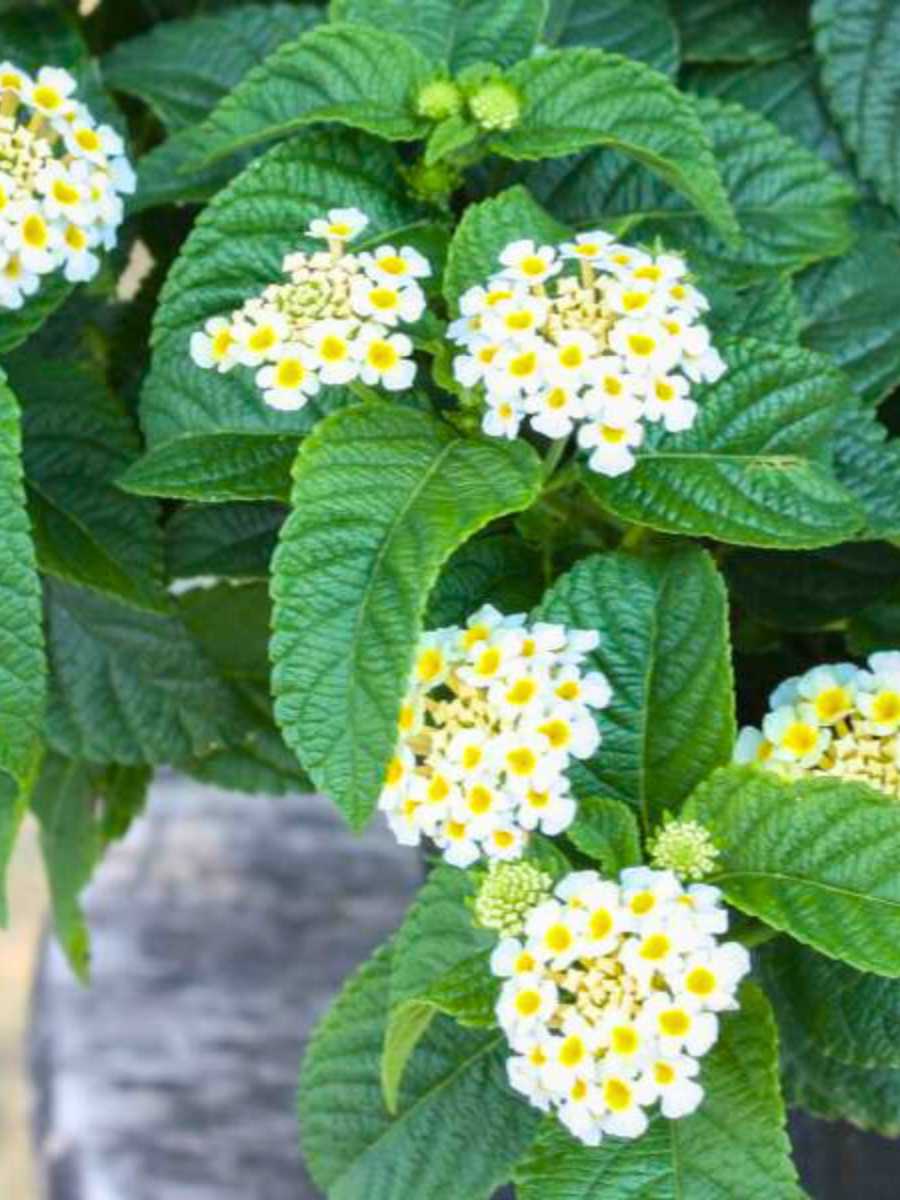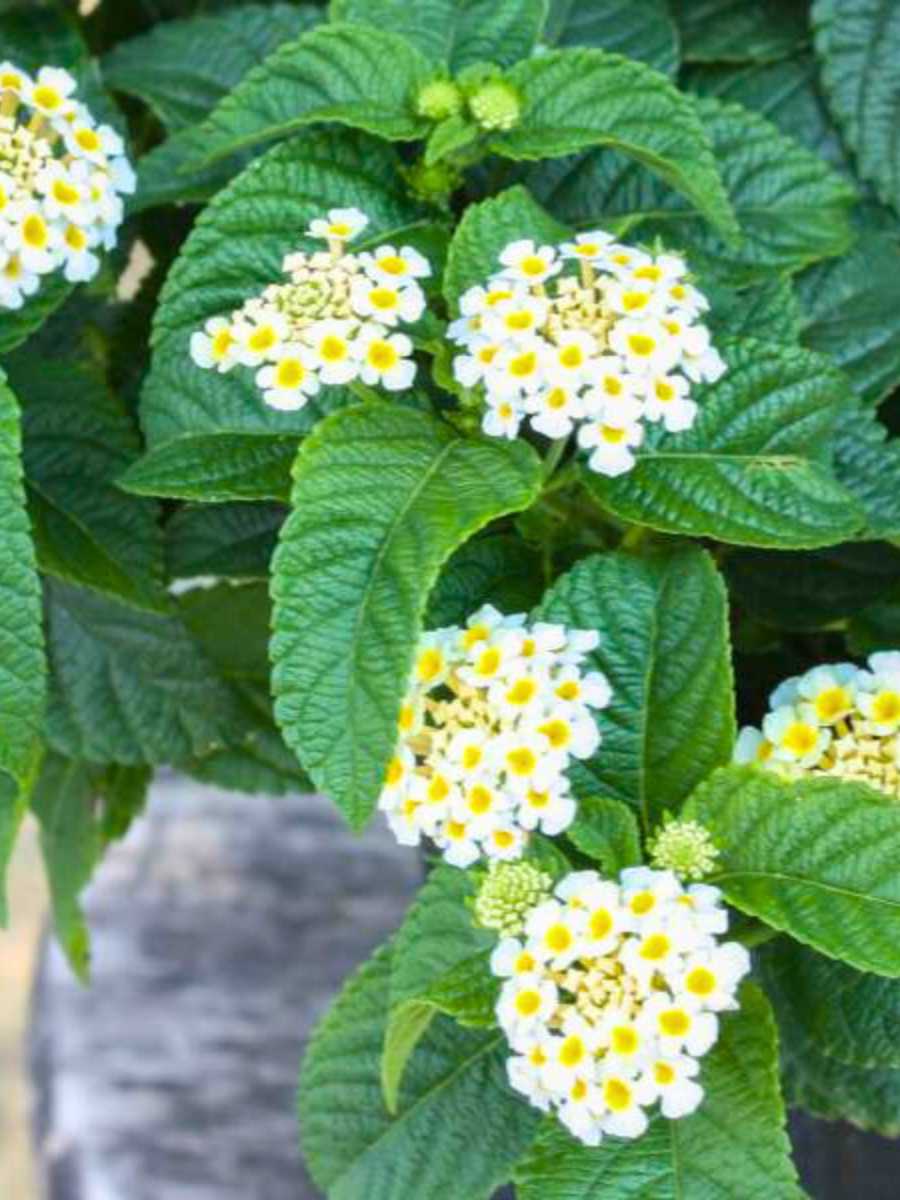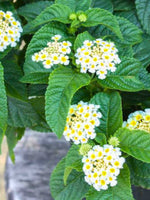
Lantana camara Buttercup
$12.79
Unit price perEstimated delivery between 31 October and 02 November.
At Divine Root, we are committed to delivering healthy, high-quality indoor plants to our customers. While we do not accept returns due to the perishable nature of live plants, we offer a 30-day plant health guarantee and store credit for qualifying issues. Please read our Refund Policy carefully to understand how we handle concerns regarding plant health, shipping, and order

Care Guide & Presentation
Lantana camara Buttercup: Overview
The Lantana Buttercup (Lantana camara 'Buttercup') is a hardy flowering plant native to Central and South America. It typically grows 2 to 4 feet tall with a spread of 2 to 3 feet, making it a versatile choice for both gardens and containers. Outdoors, it thrives in full sun and warm climates, producing clusters of creamy white and pale yellow blooms with golden centers. The plant has a long bloom time, flowering continuously from spring through fall. Indoors, it can be grown in pots near bright, sunny windows, though it flowers best outdoors. While beautiful, it is important to note that all parts of the lantana plant, especially its berries, are toxic if ingested by pets or humans.
Benefits of Lantana Buttercup
- Clusters of soft yellow and white blooms attract butterflies and pollinators.
- Drought-tolerant once established, making it a reliable choice for hot areas.
- Versatile use in containers, borders, or hanging baskets.
- Continuous blooming with very little maintenance.
- Adapts well to different soil types and garden conditions.
- With the right care, your Lantana Buttercup will thrive and bloom beautifully from spring to fall.
Care Guide
With the right care, your Lantana Buttercup will thrive and bloom beautifully from spring to fall.
Light and Water
- Light: Needs full sun for at least 6 hours daily to produce abundant flowers.
- Water: Water deeply when the soil is dry. Do not water too often, as it can lead to root rot.
Soil and Fertilization
- Soil: Prefers sandy or loamy, well-draining soil.
- Fertilizer: Feed once a month during the growing season with a balanced fertilizer to encourage blooms.
Temperature and Humidity
- Temperature: Thrives in warm climates and tolerates heat well. Protect from frost.
- Humidity: Grows well in average household or outdoor humidity levels.
Pruning, Propagating, and Repotting
- Pruning: Trim regularly to maintain shape and encourage new flowering.
- Propagating: Easily propagated from stem cuttings taken in spring or early summer.
- Repotting: If grown in containers, repot every 1-2 years with fresh soil to support healthy growth.
Common Problems
- Overwatering: It can cause root rot; always let the soil dry between waterings.
- Pests: Watch for aphids, whiteflies, and spider mites; treat with insecticidal soap if needed.
- Leaf Issues: Powdery mildew may appear in humid conditions without good airflow.
Best Location and Uses
- Perfect for sunny patios, balconies, and garden borders.
- Great choice for hanging baskets where flowers can spill over the edges.
- Excellent for pollinator gardens, attracting butterflies and bees.
- It can be grown indoors in bright windows, though it flowers best outdoors.
- Adds cheerful color to drought-tolerant landscapes in warm regions.


